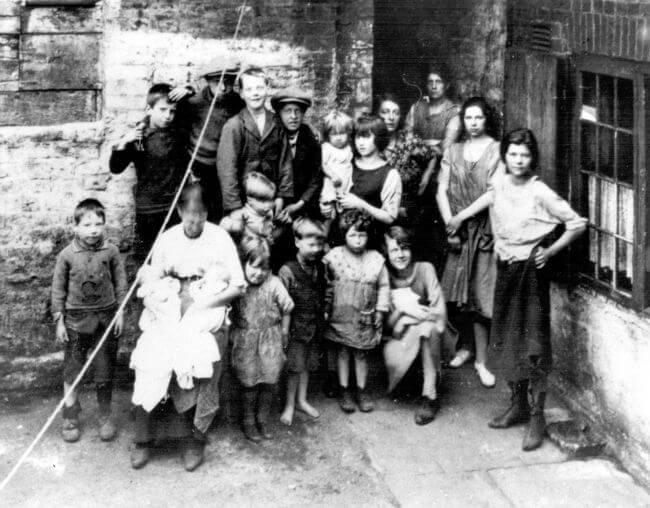The Industrial Revolution began in the middle of the 18th century, when there was a boom in innovation, where manufacturing methods changed to rely more on machines than it had done before. Industrialisation first started in Britain and other developed countries followed shortly afterwards.
Effects of the Industrial Revolution
There were many effects of the Industrial Revolution in Britain and across Europe. Some, such as the rise of the middle class, had a positive impact, whilst others, such as the use of child labour, had a negative impact.
Urbanisation
Urbanisation is when many people move from the countryside to the cities. This happened during the Industrial Revolution as many jobs moved to the growing cities.
Poor working and living conditions
With many people coming into the cities to find work, houses were going up at a very quick speed – and so quickly that houses were usually getting smaller and smaller so the developers could fit as many people in them as possible and make as much money as possible.
Child labour
There weren’t just adults working in the factories – children were also working. They were paid less than adults, and were used by some employers to do jobs that required going into small spaces. Many poor people couldn’t read or write (because education was expensive), and therefore couldn’t apply for higher-paying jobs.

The middle class
There was already a middle-class before the revolution, but because goods such as furniture and luxury clothing became cheaper, and there were more professional jobs (such as businessmen and shopkeepers) the middle-class expanded rapidly.
Explosion in technology
During the Industrial Revolution, there was a huge explosion in innovation. New technologies were being invented all the time, and those who did usually got rich quickly as a result. Large machines were invented to process cotton on a larger scale than could ever be done on farmland.
